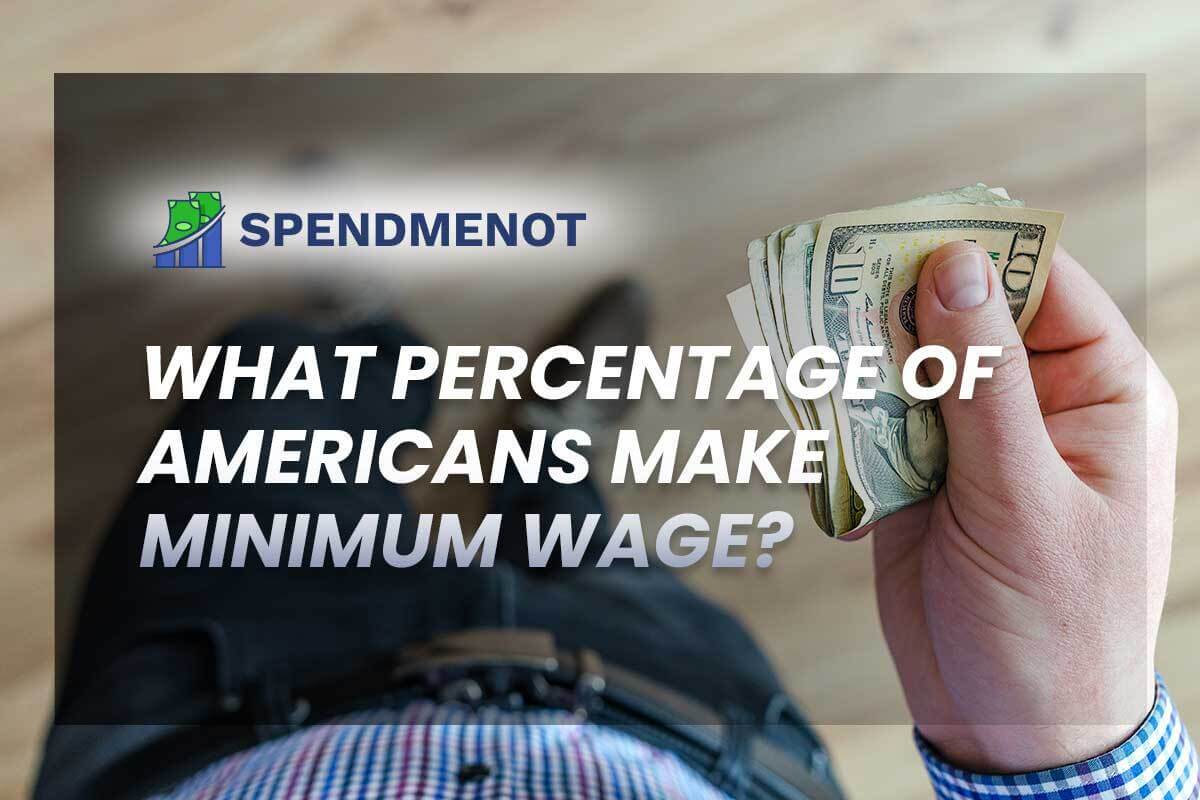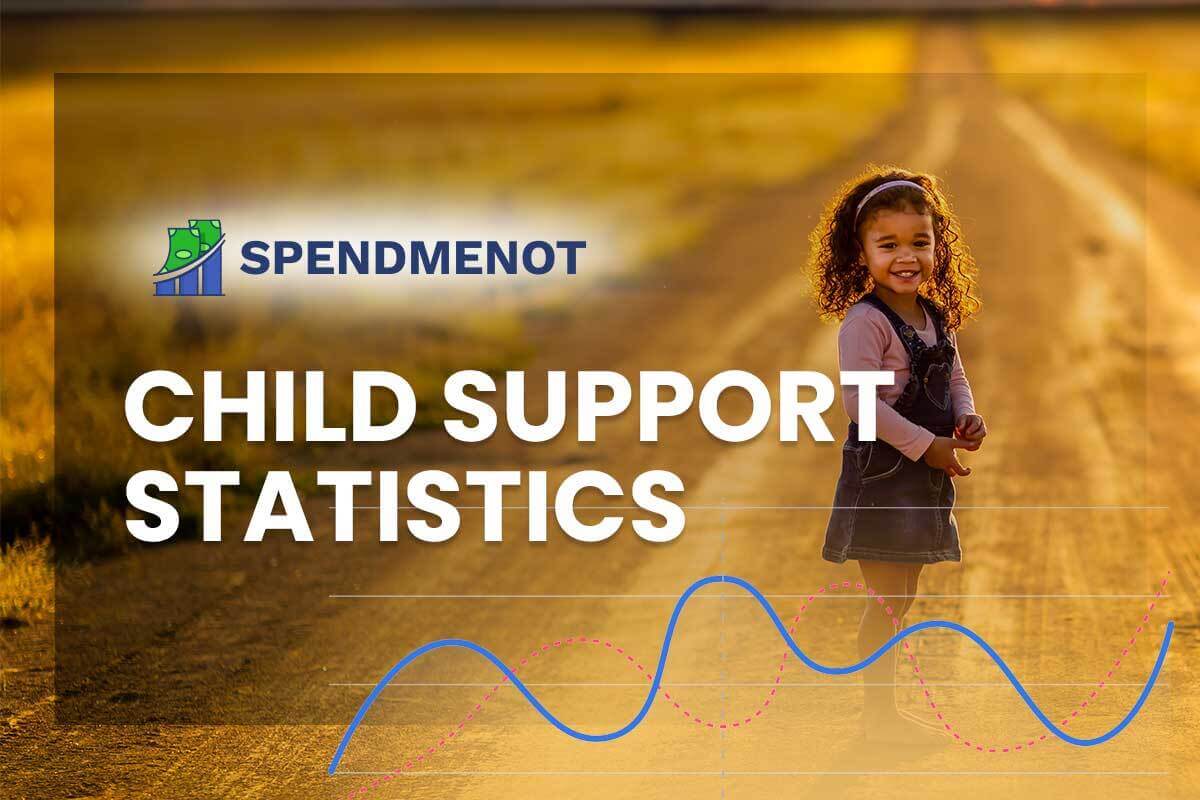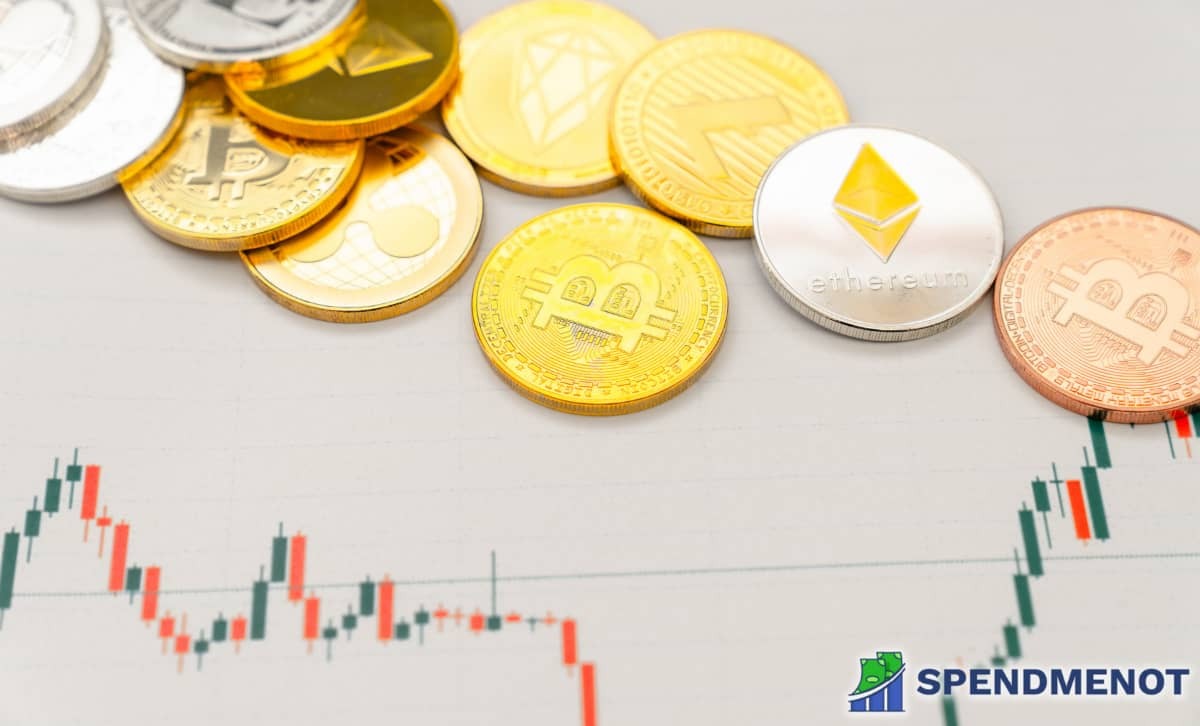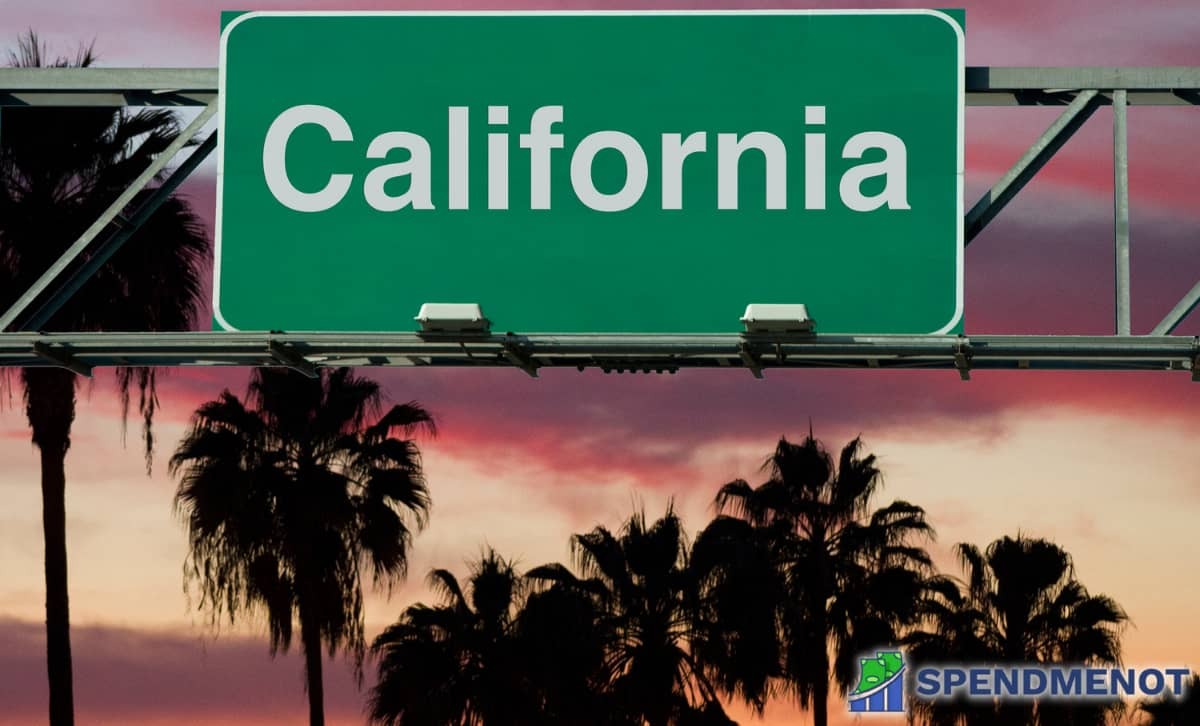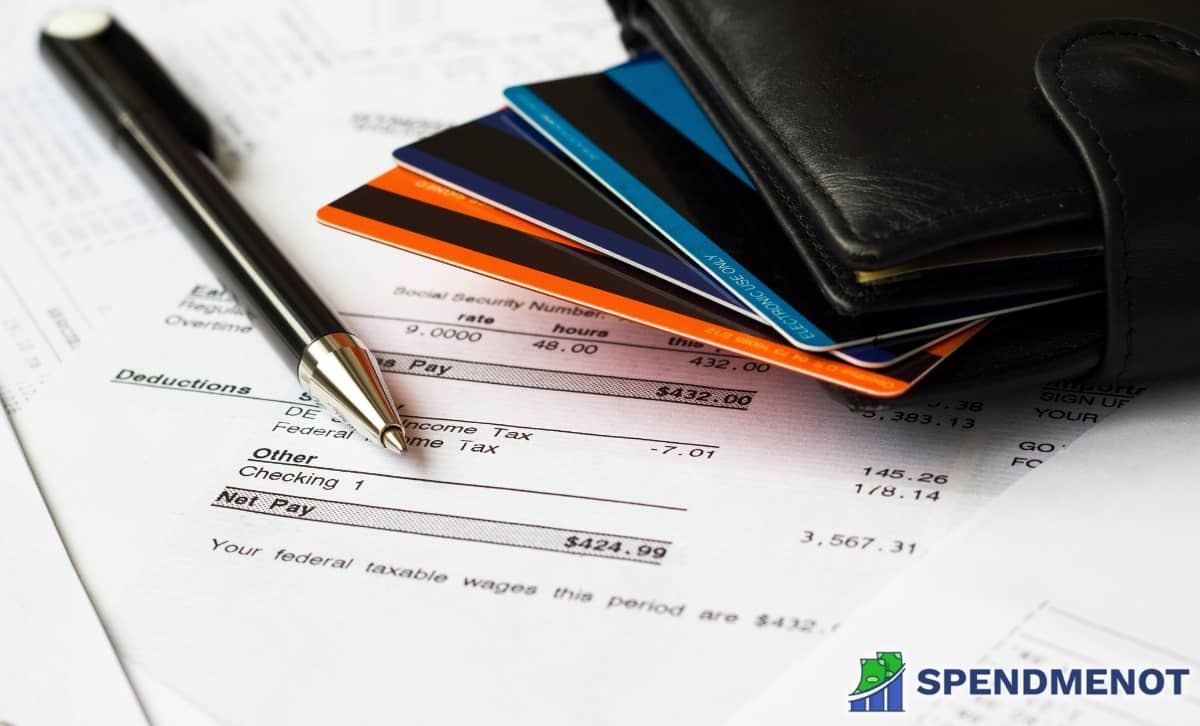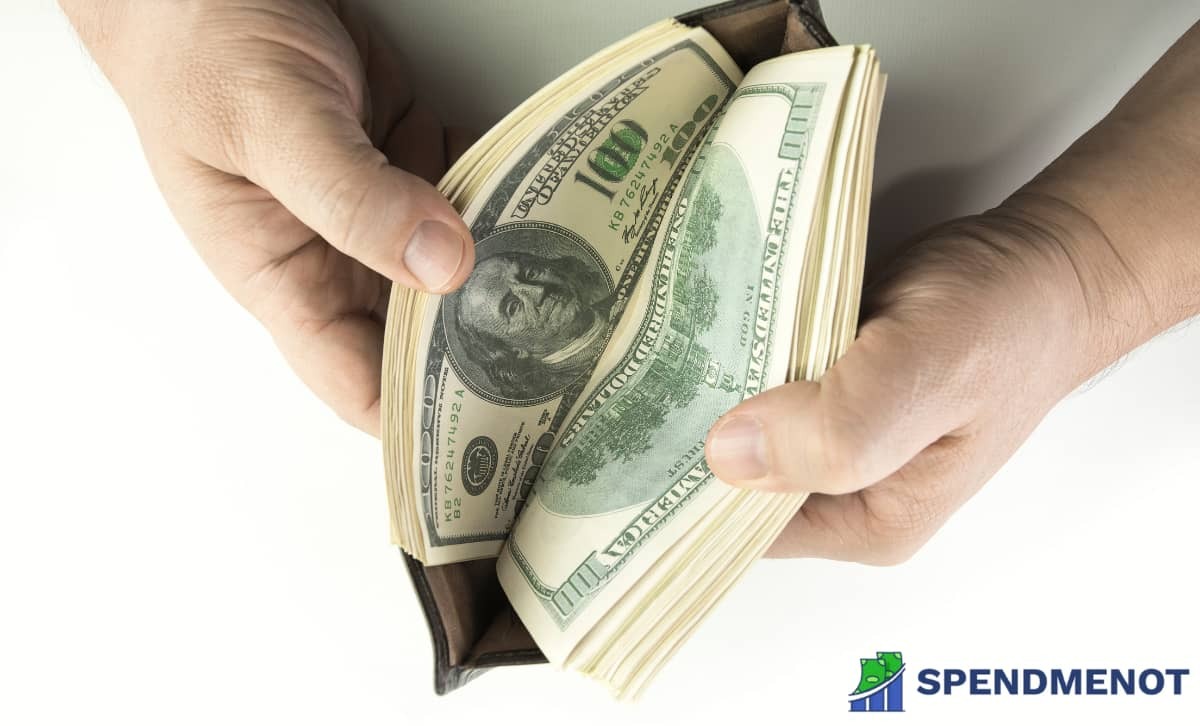Coupon Statistics: Is Couponing Growing or Slowing?
Last Updated: January 11, 2023
Is couponing a thing of the past?
Or has it found a way to get successfully digitized?
Let’s warm up with some of the most fascinating coupon statistics now:
Top Coupon Statistics and Facts (Editor’s Pick):
- Almost 90% of consumers used coupons in 2020.
- Over half of consumers prefer getting coupons and discounts on their mobile devices.
- Over 142 million US adults redeemed digital coupons in 2020.
- 68% of consumers believe that digital coupons generate loyalty.
- Almost 70% of consumers love receiving coupons.
- Online coupon users spend 24% more than regular shoppers.
- Digital coupon redemption grew 27% in 2020.
- 74% of consumers followed the social media of brands looking for coupons.
When newspapers were dethroned by their online counterparts, it seemed that cutting out coupons or receiving them in the mail would eventually end. But, the latest coupon statistics show that couponing is not done yet.
The new modern and digitized coupons appeared.
You know, those that you can use from your smartphone or computer.
For some time, it seemed that this was enough to bring couponing back from the dead.
But what about now?
Were we ever ready to give up on finding ways to pay less?
Not likely.
Take a look:
Latest Coupon Statistics
Scroll down for the latest stats and facts about couponing!
1. 88% of US consumers used coupons in 2020.
(Source: Statista)
Almost 90% of consumers used coupons in 2020. Although high, this is a 6% decrease from the previous year.
So, could we say couponing is slowing down? Considering 2020 was a year of economic disruptions due to the COVID-19 pandemic, it’s hard to say. Maybe the rest of our coupon and discount statistics will put this fact into better context.
2. 89% of millennial consumers would try a new brand if offered a coupon.
(Source: Statista)
A 2020 survey gives us some info on millennial’s use of coupons. Almost 90% of the generation stated they would try a new brand or product if offered a coupon or discount. Generation X respondents were close at 86%, followed by gen Zers at 78% and baby boomers at 76%.
3. Only 10% of shoppers prefer newspaper coupons.
(Source: Blippr)
Just a small fraction of the consumers surveyed by Blipper indicated the newspaper was their preferred way of receiving coupons. However, 57% of the shoppers reported they were still using newspapers to get coupons.
4. 51% of consumers prefer getting coupons and discounts on their mobile devices.
(Source: Valassis)
There has been an increase in the preference for digital coupons. In 2017, the share of consumers that favored getting paperless discounts and coupons on smartphones was 32%. In 2018, 36% of consumers were fans of this method. A year later, that share reached 45%. And now, according to Valassis’ latest report, this is the preferred method for more than a half of all consumers.
Millennials are particularly avid digital coupon users – 93% of millennial parents rely on paperless coupons. This doesn’t come as a surprise, as millennial spending statistics show that most of them prefer online shopping.
5. Digital coupon redemption surpassed print in 2020.
(Source: Inmar)
In 2020, digital load-to-card (L2C) coupon redemption exceeded that of paper free-standing inserts (FSIs) for the first time ever. According to Inmar’s Promotion Industry Analysis, digital L2C accounted for 29.3% of all redemption volume, compared to 28% for FSIs. The change marks a 27% increase for ecoupons.
Furthermore, Inmar’s 2021 Shopper Behavior Study indicates growing demand for digital coupons. Zooming into the generations, gen Xers’ use of paperless coupons climbed 6% from 65% in 2020 to 69% in 2021. The increase was even greater among baby boomers, whose use of digital coupons jumped 18%, from 49% in 2020 to 58% in 2021.
Around 63% of gen Xers and 50% of boomers stated they use digital coupons because it is easier than paper coupons. And from a business perspective, digital coupon marketing is cheaper, less technical and more far-reaching.
6. Coupon distribution dropped by 15% in 2020.
(Source: Inmar)
Total coupon distribution dropped 15% to 200.13 billion in 2020. The downtrend is accelerating as coupon statistics for 2019 show distribution fell 12% to 235.46 billion the previous year.
According to Inmar, the decline mainly reflects the impact on paper coupons from falling newspaper circulation. Paper coupons have represented about 90% of coupon distribution for each of the past three years and dictate the overall direction of distribution trends.
7. 59% of consumers turn to coupon websites for deals.
(Source: Inmar)
Consumers are constantly looking for deals, with 59% turning to coupon and discount websites. Also, 54.4% of consumers use the store websites, while 40.7% look at the brand/manufacturer website. Interestingly, 35.6% tap into social media sites like Facebook and Instagram.
Yet again, millennial parents are the group that is the keenest on finding the best internet deals. Some 88% of them are using the various methods mentioned.
Boomers are the least likely to research the best deals on websites. Just over 60% of them are looking at store websites for discounts. They are also the group that uses social networking websites the least in order to look for deals and discounts. Only 23% of baby boomers do this. However, according to American savings statistics, they are also the cohort with the biggest nest egg, so perhaps they don’t need those coupons!
8. 32% of consumers have used a brand’s mobile app to get coupons.
(Source: Blippr)
Brand mobile apps succeed with consumers because they provide a tangible benefit, from easier ordering to customized suggestions and reminders. On top of that, many major retailers offer manufacturers coupons, further incentivizing customers to download the application.
However, just 37% of brands have experimented with mobile-only coupons or offers available through their mobile app. Most companies have an omnichannel approach when offering discounts.
9. 68% of consumers believe that digital coupons generate loyalty.
(Source: Invespcro)
If stores are to listen to consumers, they should probably look into digital coupon marketing. The majority of consumers believe that digital coupons can build brand awareness. The same share of respondents thinks that they generate loyalty.
And according to recent Blippr findings, for 87% of consumers, brands’ regular discounts and coupons was the top reason for increased purchase frequency.
10. 69% of consumers love receiving coupons.
(Source: Valassis)
Who doesn’t want a good deal? Not surprisingly, 69% of consumers have responded that it’s exciting to receive a coupon or discount at the right time, which is when they are shopping for a specific item.
What’s more, 76% of parents and 77% of millennial parents stated they love receiving coupons.
We also do, in case you feel like shooting some our way. Just saying.
11. Online coupon users spend 24% more than regular shoppers.
(Source: Blippr)
When we redeem a coupon code, are we actually saving money?
Well, in theory. The reality is a little bit different.
Incentivized by a great deal, most consumers usually end up spending more money than they originally intended.
In 2021, online shoppers who use coupon codes are predicted to spend 24% more than shoppers who don’t. Additionally, 29% of shoppers will purchase an item they didn’t originally intend to buy if there is a steep discount.
In addition, retailers with a coupon marketing strategy see 26% higher average order values from their customers who use them.
So, if you want to save some money by purchasing discounted items, stick to only buying the things you need. There is no need to add everything that is on sale to your cart!
Yes, we are calling ourselves out too.
12. The value of digital coupon redemption will reach $91 billion by 2022.
(Source: Juniper Research)
A study by Juniper Research has estimated that the value of e-coupon redemption will increase from $47 billion in 2017 to $91 billion in 2022.
The study also found that in-app coupon redemptions will be an essential part of the future of mobile and online coupons.
13. 74% of consumers followed the social media of brands looking for coupons.
(Source: Blippr)
Discount seekers are proactive when on the lookout for the best possible deals. The majority of consumers look for coupons on social media by following the pages of their favorite brands.
And to be honest, there is a lot to be found there. Some 67% of brands surveyed used social media to announce flash sales, coupon offers and product discounts.
14. Household items was the most searched online coupon category in 2020.
(Source: Statista)
A 2020 US shopper survey revealed that household items was the most popular category, with 46% of respondents searching for such coupons online.
Restaurants & delivery and grocery delivery followed, with 41% and 40%, respectively. At the other end of the scale were automotive, baby/kids, and travel, all taking 11% of consumers’ interest.
15. “Hobby lobby coupon” was the most popular coupon-related search in 2020.
(Source: Statista)
The phrase generated approximately 2.24 million online searches in June 2020 alone. “Hertz car sales” was ranked second with 1.83 million average monthly searches.
Hobby Lobby is an arts and crafts store that used to give shoppers a whopping 40% off coupon. The retail giant changed its coupon marketing strategy and seized the offer in February 2021, explaining it was “intensifying our efforts to discount thousands of items every day, (…) instead of providing a discount on only one item with the coupon.”
Was it the right move, considering the whopping interest? Well, time will show.
16. The number of US digital coupon users is set to reach 145.3 million in 2021.
(Source: Statista)
In 2020, 142.3 million US adults had redeemed online coupons. This figure is projected to grow by just over 2% to 145.3 million users in 2021.
Shoppers of all ages are becoming more digitally savvy. The COVID-19 pandemic has accelerated this trend as online shopping presents a safer, more convenient way to make purchases. Also, amid this backdrop, shoppers’ demand for cost savings is increasing. Thus, retailers that help stretch budgets through coupons are a natural choice.
17. 53% of online shoppers also use paper coupons in addition to shopping online with ecoupons.
(Source: Blippr)
The savings-savvy mindset isn’t going away anytime soon. Coupon lovers apparently use every opportunity to get discounts. In fact, 36% of coupon code users will choose to purchase their items somewhere else if they don’t have an available code to use.
18. 17% of online shoppers have a coupon-finding browser extension.
(Source: Blippr)
Such tools automatically find and apply coupon codes when you shop online. It’s a convenient way to tap into as many discount deals as possible.
Honey is the most popular coupon-finding browser extension, with 60% of surveyed digital coupon users stating their preference for the service.
Mobile Coupons
With the prevalence of smartphones, a new era in coupon redeeming has appeared.
Redeeming coupons via a mobile phone is no news for the marketing industry. Digital marketing is an efficient and straightforward way to promote products and obtain new customers. Most mobile coupon statistics indicate the market for online coupons will grow as both consumers and retailers are switching over to online shopping.
It is estimated that the global industry for mobile-redeemed coupons will grow at a CAGR (compound annual growth rate) of 56.5% by 2025.
A coupon marketing strategy is essential for businesses that want to cater to online shoppers. The target demographic prefers making purchases from the comfort of their own home. Being offered a discount at the checkout can help them seal the deal.
And lastly, even when shopping at a brick-and-mortar store, 93% of millennials have admitted that they use their smartphones to compare prices and look for digital coupons.
Best Coupon Apps
Leave your scissors and newspapers behind!
Cutting coupons will soon be a long-forgotten thing of the past. It is time to download some of the top coupon apps for frugal shopping and take advantage of all of the discounts that stores have to offer.
But there are so many apps to choose from! How to determine which is the best coupon app?
Well, you can start by downloading some of the well-known apps and seeing which one works best for you. The trial and error method is always effective!
Here are our suggestions:
Groupon can be used from your browser or smartphone. What’s great is that it allows you to search for deals based on location and category. Before you start searching, configure all the filters to find the best possible online deals. After selecting your location and search category, you can choose the deal you want to purchase. If a deal costs $50, you have the option to ‘buy’ it for $25. You can use it for yourself or buy it as a gift. However, please note that the deals have expiry dates!
Another famous app is Ibotta, which can be downloaded on both Android and iOS devices. It is considered to be one of the best apps for grocery shopping. And let’s face it: most of us are looking for coupons for food or other ways to save on grocery shopping. According to consumer spending statistics from the Bureau of Labor, the average household spends close to $8,000 a year on food!
Bring in the coupons, please!
Another useful coupon app is SnipSnap, which allows you to take a picture of a paper coupon and have it digitized.
Coupon websites
Whether you plan on shopping online or going to the store, there is no harm in trying to find a better deal, right?
At best, you will save some bucks on buying groceries that you would get either way.
Not sure where to start? Well, here are some of the best coupon websites. Check them out!
- Rakuten (formerly Ebates) – This site allows you to get cashback on your purchases from more than 2,500 stores. Signing up is free, and all you need to do to earn cashback is shop through their site. That’s it.
- Groupon – We already mentioned Groupon’s mobile app, but it’s worth noting you can also access their deals through a web browser.
- Coupons – Coupons is one of the best printable coupon websites – and it is easy to remember the name of the site. Swagbucks is a great alternative, as it also offers a number of money-paying tasks like online surveys.
- Amazon Coupons – Amazon is probably the best-known site for online shopping. Yet what many people don’t realize is that the site offers plenty of coupons sorted by categories that you can apply to your purchase. And seeing how Amazon is one of the most used online retailers, the option to use coupons directly from the site will definitely come in handy.
- RetailMeNot – This is another great online coupon site that allows you to get coupons, cashback and gift cards.
Honorary mentions: SmartSource, Savings, DontPayFull, and LivingSocial.
Types of Coupons
When it comes to coupons and discounts, the terminology can get confusing. While there is a slight difference between each type, it all boils down to the same thing – purchasing at a discounted rate.
You can find coupons online, or you can cut them out or print them. We already mentioned that the ones you can find online are also called paperless coupons. These digital coupons are gaining traction and starting to replace those coupons that you had to print or cut out or store in your wallet. So, that’s two types depending on their form: digital (paperless) or paper coupons.
Then, depending on who issued the coupon, you can find manufacturers coupons or store coupons. The first ones are issued by the company that makes the product. They can be used to buy a product made by that company in a store that sells those products and accepts the coupons.
Unlike coupons issued by the manufacturer, store coupons are issued by the store and give you a discount on products they hold in stock. So if you have some grocery store coupons in your wallet, check the fine print to read the terms and conditions. The store will have specified the expiry date and the stores where you can use them. This goes for all coupons, though, as most of them have some restrictions.
The majority of digital coupons come in the form of promo codes or discount codes. You enter them at checkout or when adding an item to your cart.
What about cashbacks?
Cashbacks are points you get for shopping in a certain store or ordering from a certain website. The main difference between presenting a coupon and getting cashback points is that you don’t get the discount upfront with cashback. Instead, after you accumulate enough points, you can get discounts on your future purchases.
Lastly, gift certificates, gift cards, or gift vouchers can be bought and given to someone to use as credit when shopping at a certain store.
Key Takeaways
So, let’s sum up the stats:
Shoppers enjoy receiving coupons and special offers. Some prefer to get them by mail, while others favor digital coupons. But coupon lovers tap into every opportunity to save on their purchases.
Millennials are the most frequent coupon users — especially parents. Both millennials and Gen Xers frequently use paper and paperless coupons. Baby boomers, on the other hand, use paper coupons more, yet not as much as millennials.
Millennials also use free coupon websites and savings apps more than older generations.
Consumers believe that digital coupons generate brand loyalty, though price affects their purchasing decisions the most. That doesn’t stop them from actively looking out for deals on the social media of their favorite brands!
So… got any coupons to share with us?
FAQ
We already discussed all of the different types of coupons and while there is no lack of variety, all of them are easy to use.
Paper coupons are usually presented to the cashier before your in-store purchase, as well as cash cards and gift cards.
Online coupons and promo codes are usually copied in the designated field at checkout.
When in doubt, ask the sales representatives!
Digital coupons that can be redeemed with a smartphone are usually sent to the user via text or an app. The consumer receives a code or barcode that can be scanned by the cashier or inputted in the cash register. Another alternative is sending a link from the promotional offer to the user.
If you are trying to become more frugal, then couponing is a simple and easy way to do it. While it may seem so at first, it is not a daunting task!
First, you can start off by making a list of what you need to purchase – essentials and nonessentials.
Finding coupons and promo codes is quite easy. We are constantly bombarded with sales promotions. And if you haven’t encountered a special offer for your intended purchases, you can get proactive. You will find a great deal in no time!
If you are a regular shopper at a store, ask if they have a cashback reward system or other deals going on. These mainly work if you buy all your groceries from the same store.
However, if you prefer shopping from the comfort of your own home, you can check out some of the online coupon websites we mentioned earlier. You are guaranteed to stumble upon a few bargains.
The main purpose of these websites is to serve as an advertising tool. So, let’s say a certain store or manufacturer wants to get new customers. They offer coupons or too good to be true discounts which are advertised at one of these sites.
The consumer can get a code to use when shopping online or a coupon they can use at the store to get a financial discount.
The thing is, most shoppers don’t stop there. We are constantly looking for ways to save money.
“Two for one” deals seem irresistible. And once you go to a store to redeem a coupon or start shopping online, there is a chance that you will make another purchase. Then there are some shoppers that recommend these deals by word of mouth or by sharing them with friends. Some websites even incentivize users to share them with friends by giving them rewards.
If the website has managed to generate more sales and bring new customers to the store, they have been successful in their marketing trick. They either earn a commission from the sales of coupons or get paid to display ads.
While most consumers enjoy receiving free coupons, most analyses show that approximately 50% are actually redeemed. What’s more paper coupons have a higher redemption rate than paperless coupons.
It makes sense though – with paper coupons you have to go to the trouble of cutting them out and collecting them. On the other hand, we usually receive paperless coupons via email or SMS. Unless we actively look for better deals on websites, we will probably forget all about that promo code we received.
Millennials represent the group that uses coupons most frequently. Compared to baby boomers, millennials and Gen Xers are more frequent users of websites where they can find coupons and discounts, as well as savings apps.
Valassis’ coupon statistics from 2019 have also found that millennial parents are the most likely to use both paper and paperless coupons.
In comparison, baby boomers use paper coupons more than they use digital ones. As for gen Xers, they are couponing more frequently than baby boomers, but not as much as millennials.
When a store has a special offer on a few items that is practically a steal, both regular and new customers will want to take advantage of the deal.
And if you are already going to a store to buy those items, you might as well purchase some other essentials.
The same goes for online shopping – if you have a coupon for 20% off your purchase, you will probably buy more items to get a discounted rate on all of them.
Lastly, according to the coupon statistics from different sources, customers have admitted to spending more money when they are using coupons.



